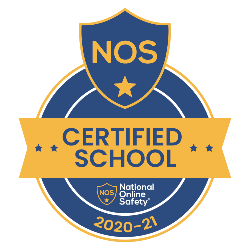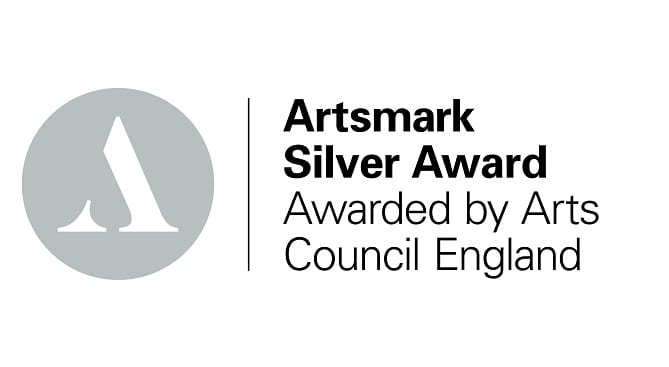Remote education provision: information for parents
This information is intended to provide clarity and transparency to children and parents or carers about what to expect from remote education where national or local restrictions require entire cohorts (or bubbles) to remain at home.
For details of what to expect where individual children require a remote education for circumstances when in-person attendance is not possible, please see the final section of this page.




